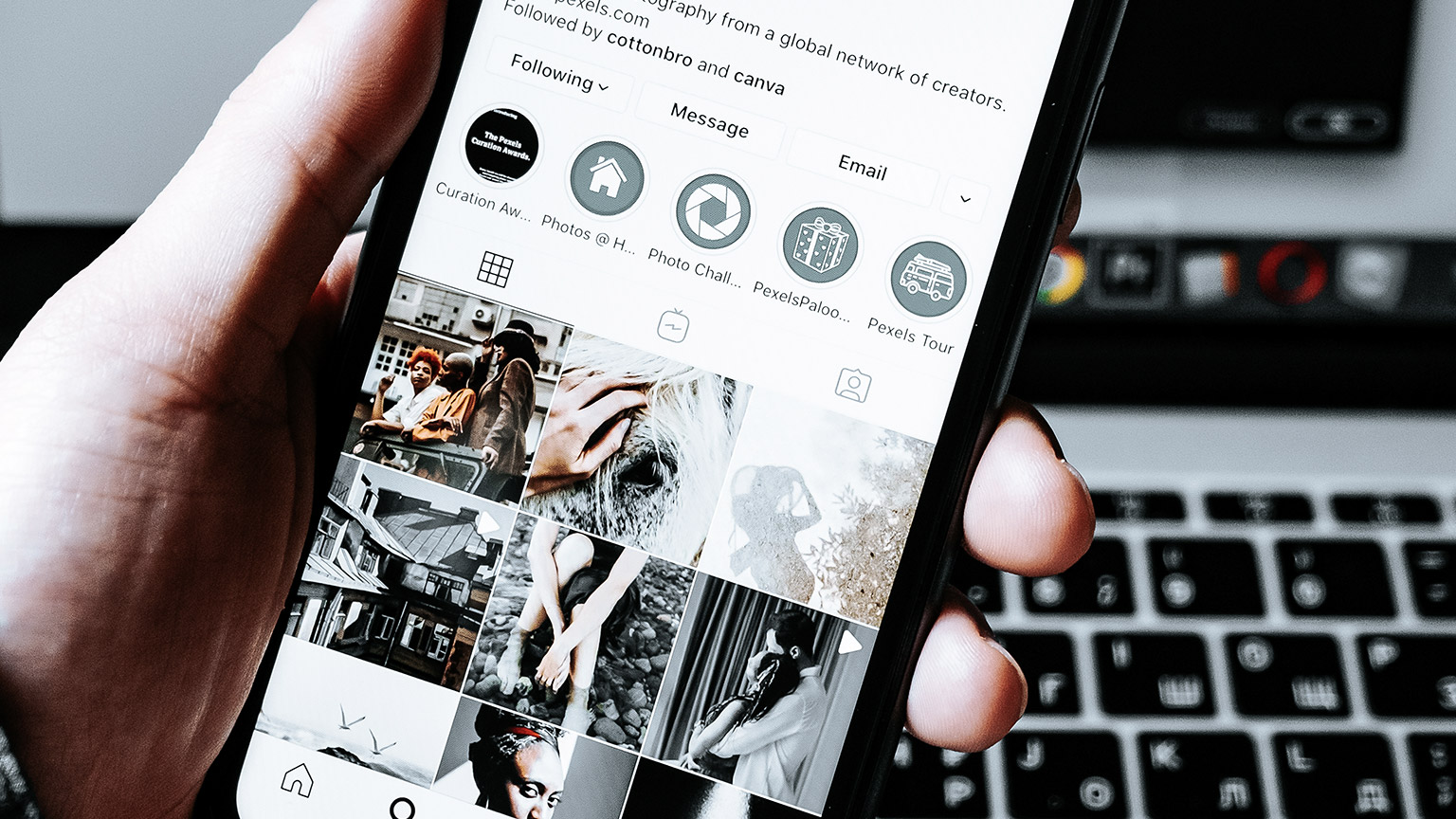SMART goals feed into the marketing concepts, a key purpose to enable marketing to respond to the needs and demands of consumers.
Marketing is a process that begins with:
- Assessing those market needs and demands
- Developing the product or service
- Identifying the price to be charged for it
- Determining where and how the product will be made available
- Creating the communication process that connects the consumer with the product or service.
The process will include a means of monitoring and evaluation that enables the marketing programme to be adjusted as and when necessary.
There are some key marketing concepts to be familiar with. The below scenarios demonstrate each key marketing concept:
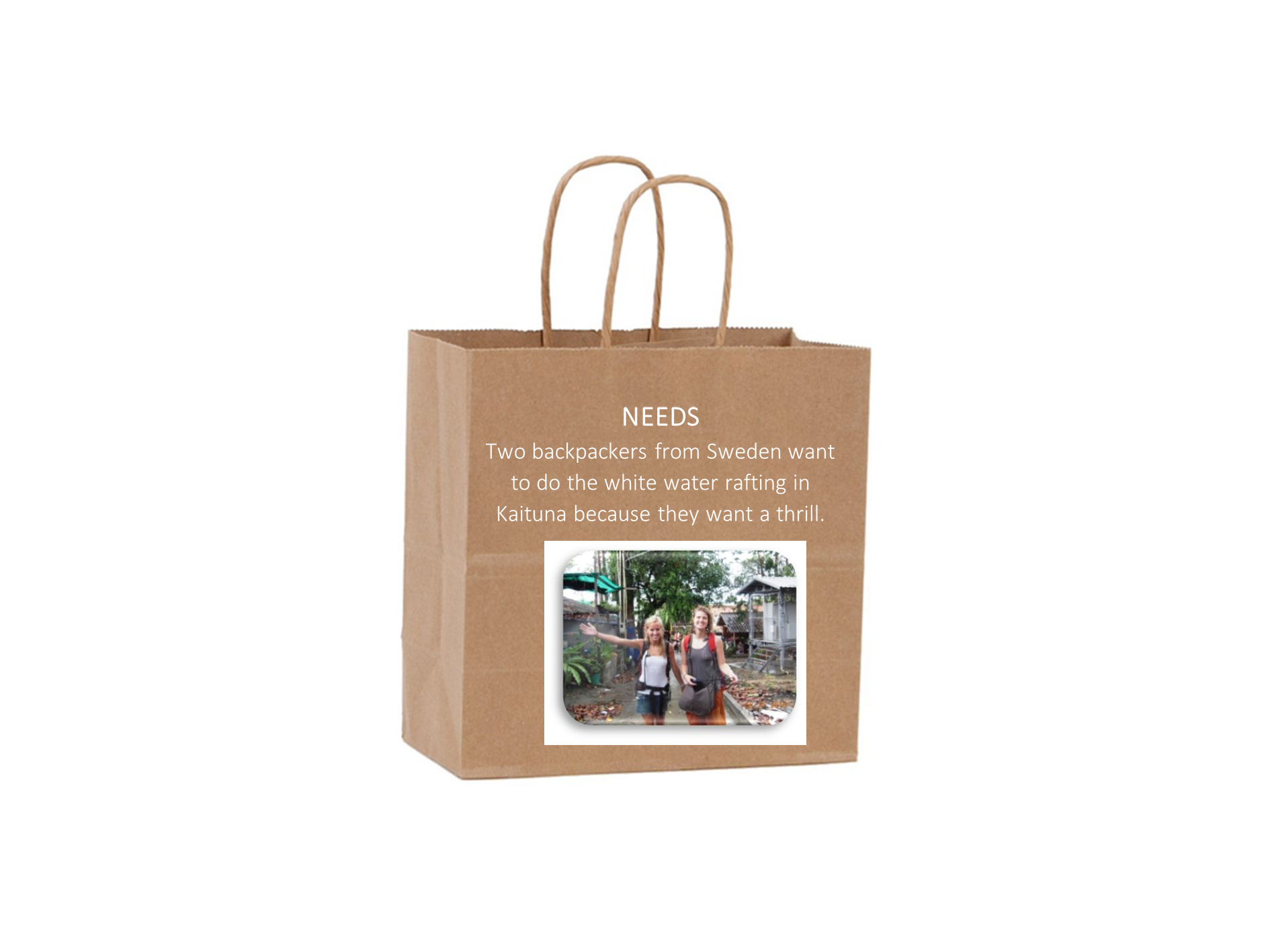
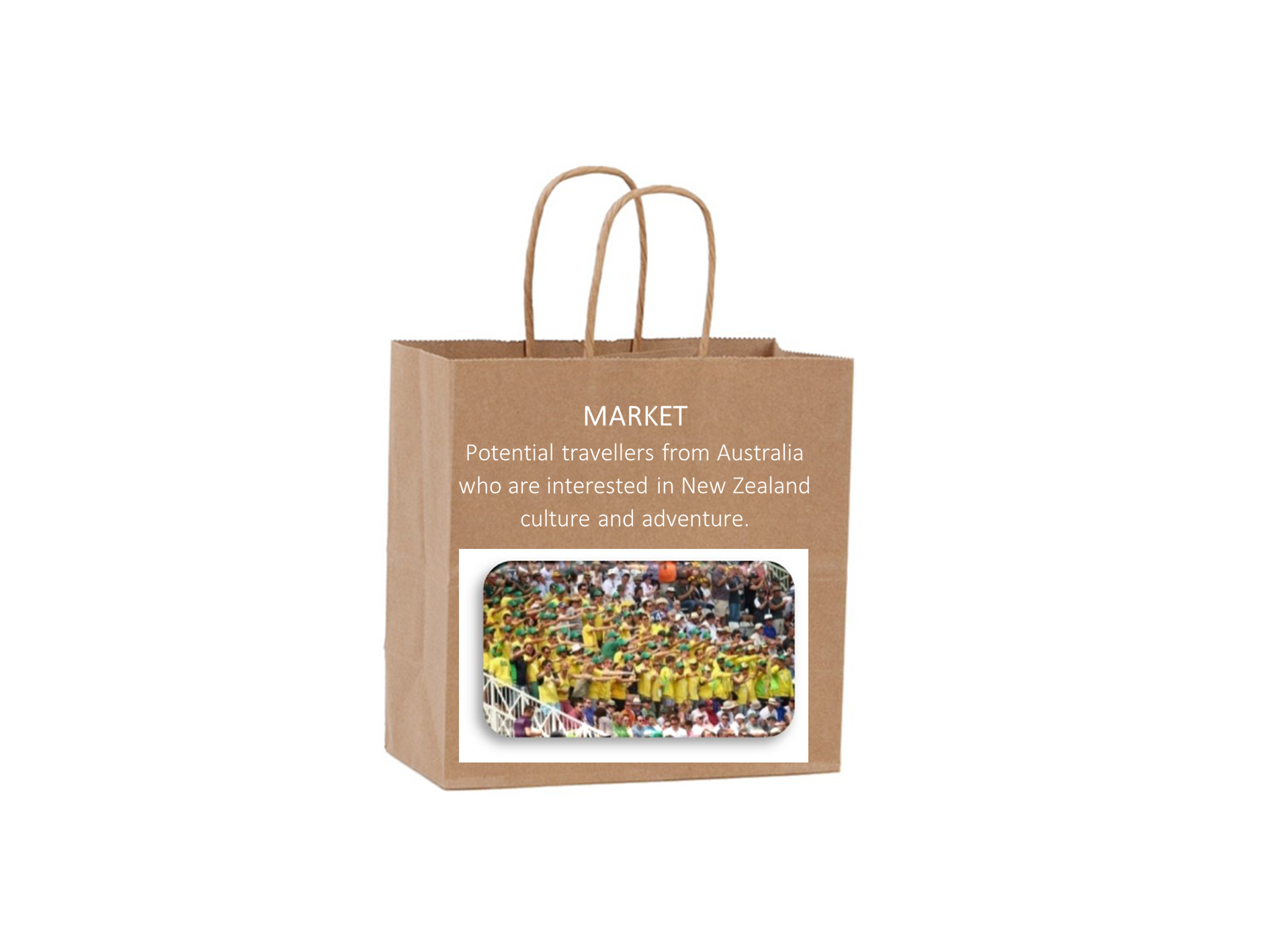
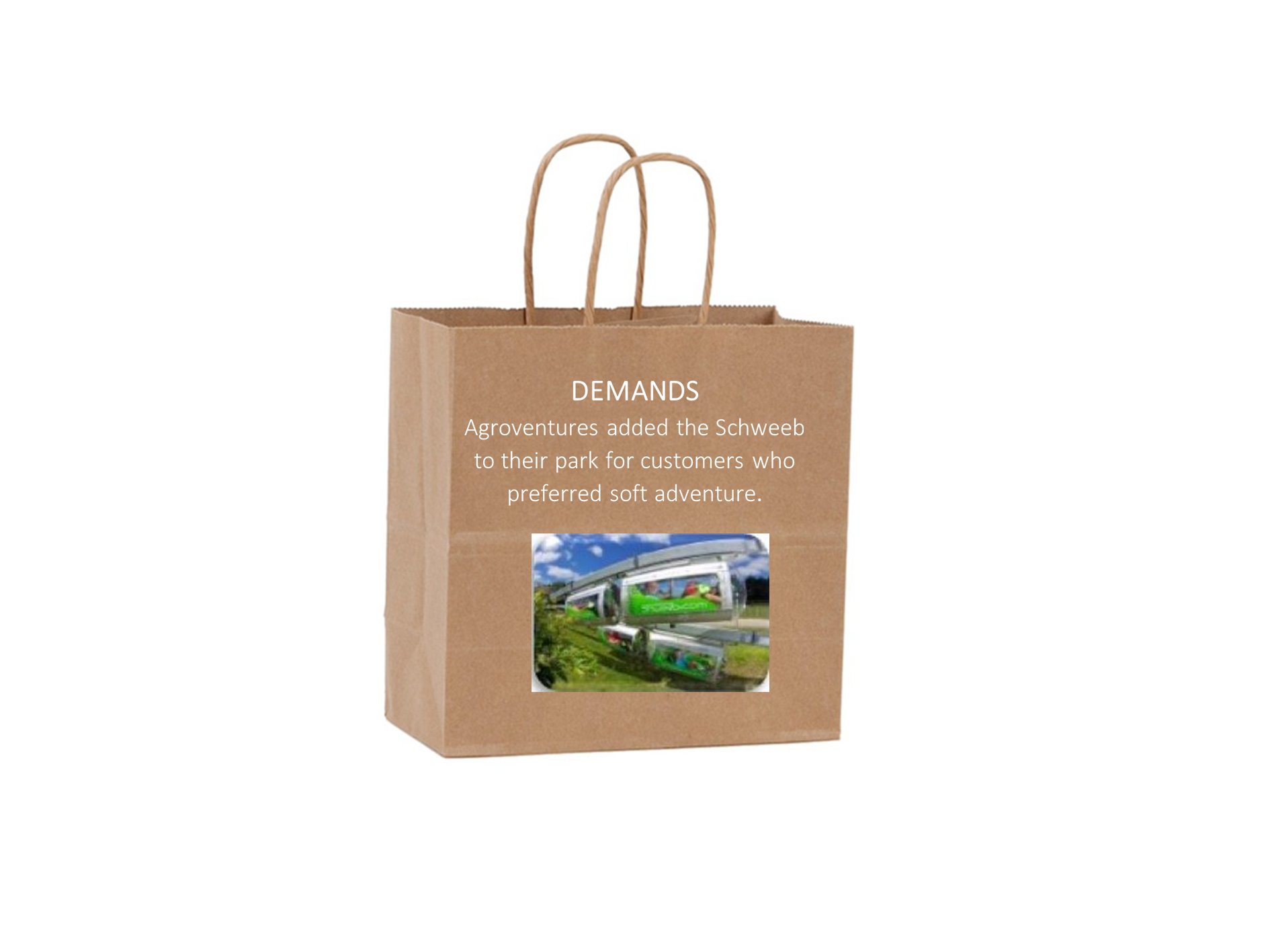
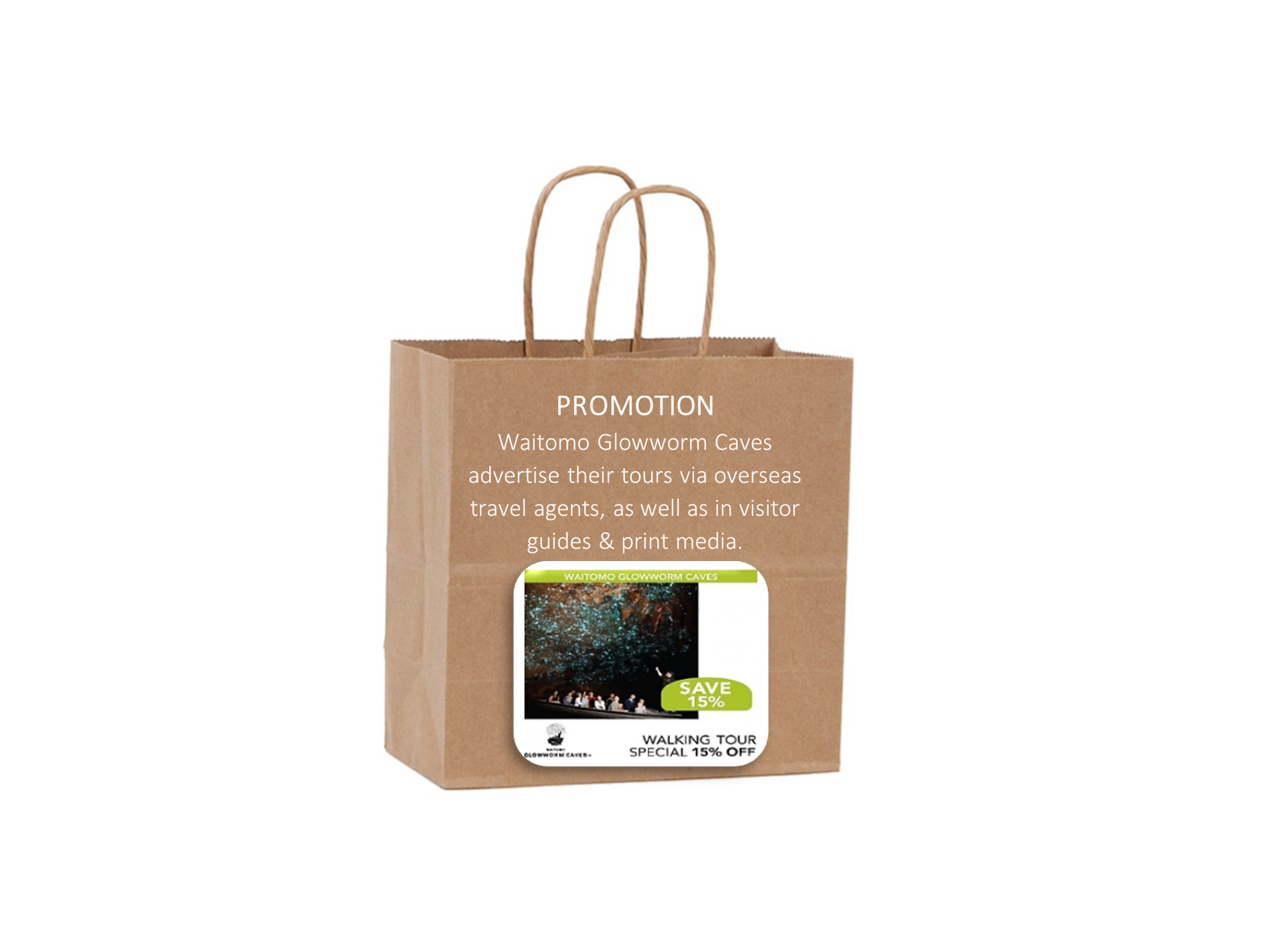
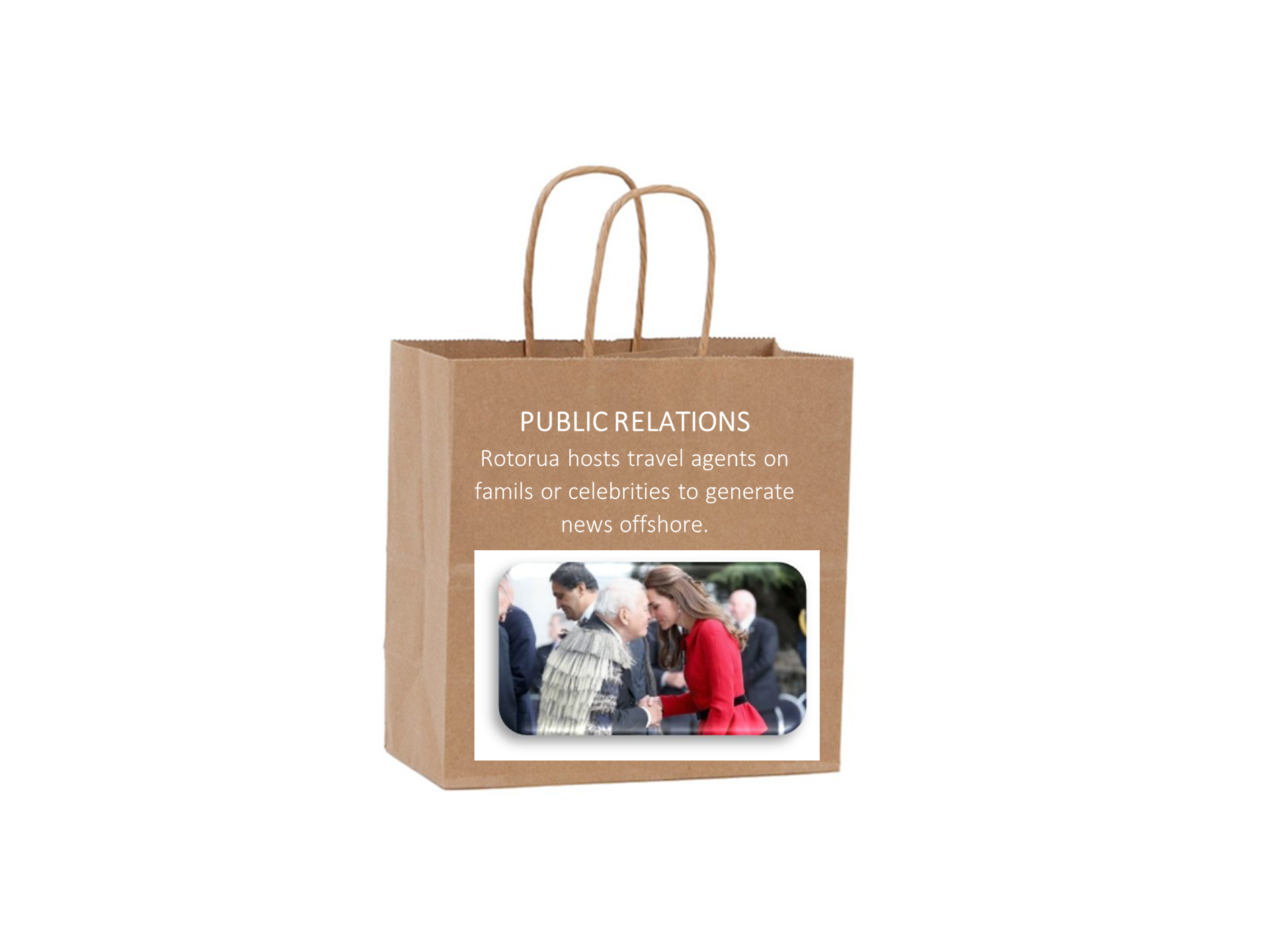
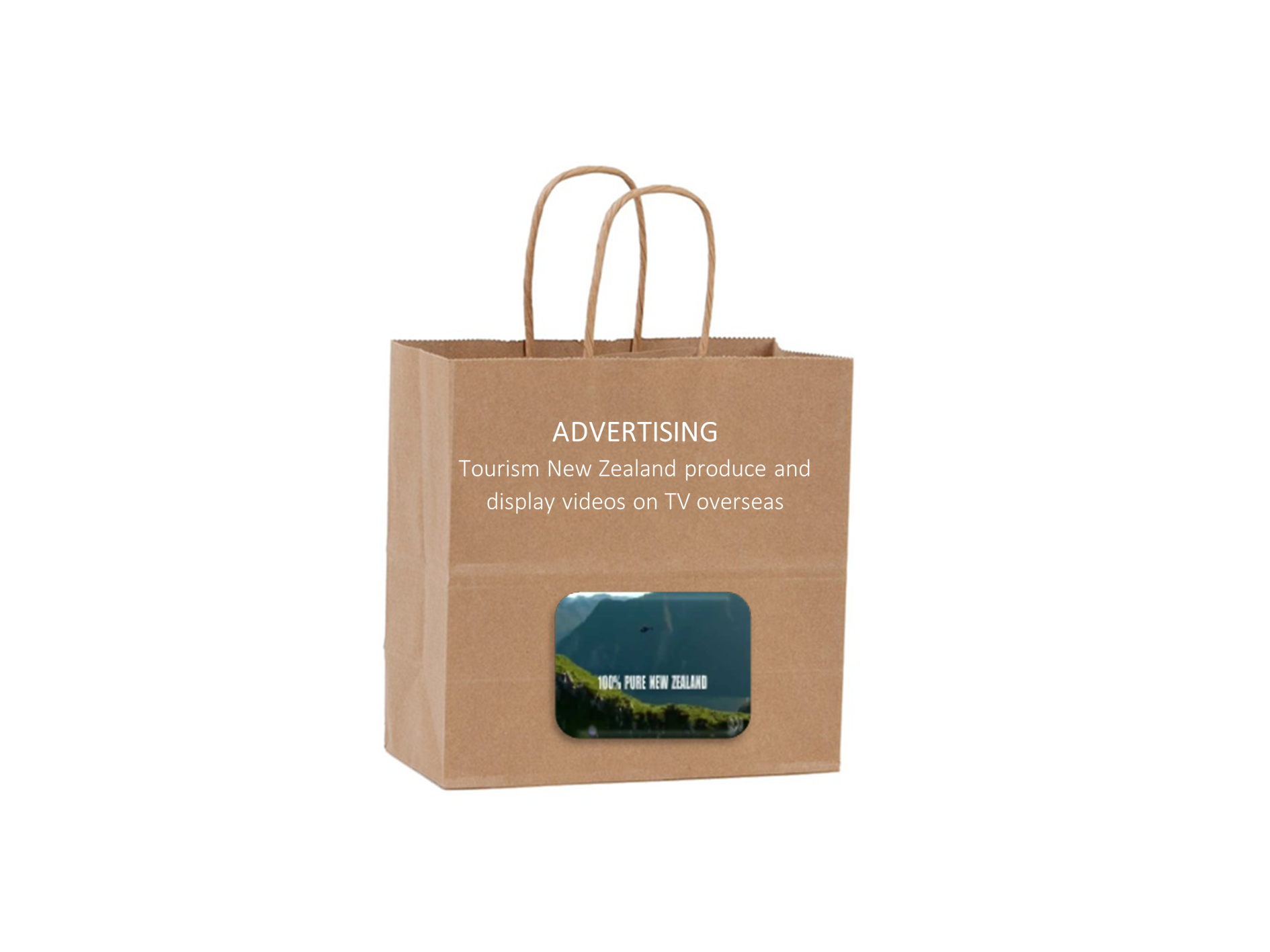
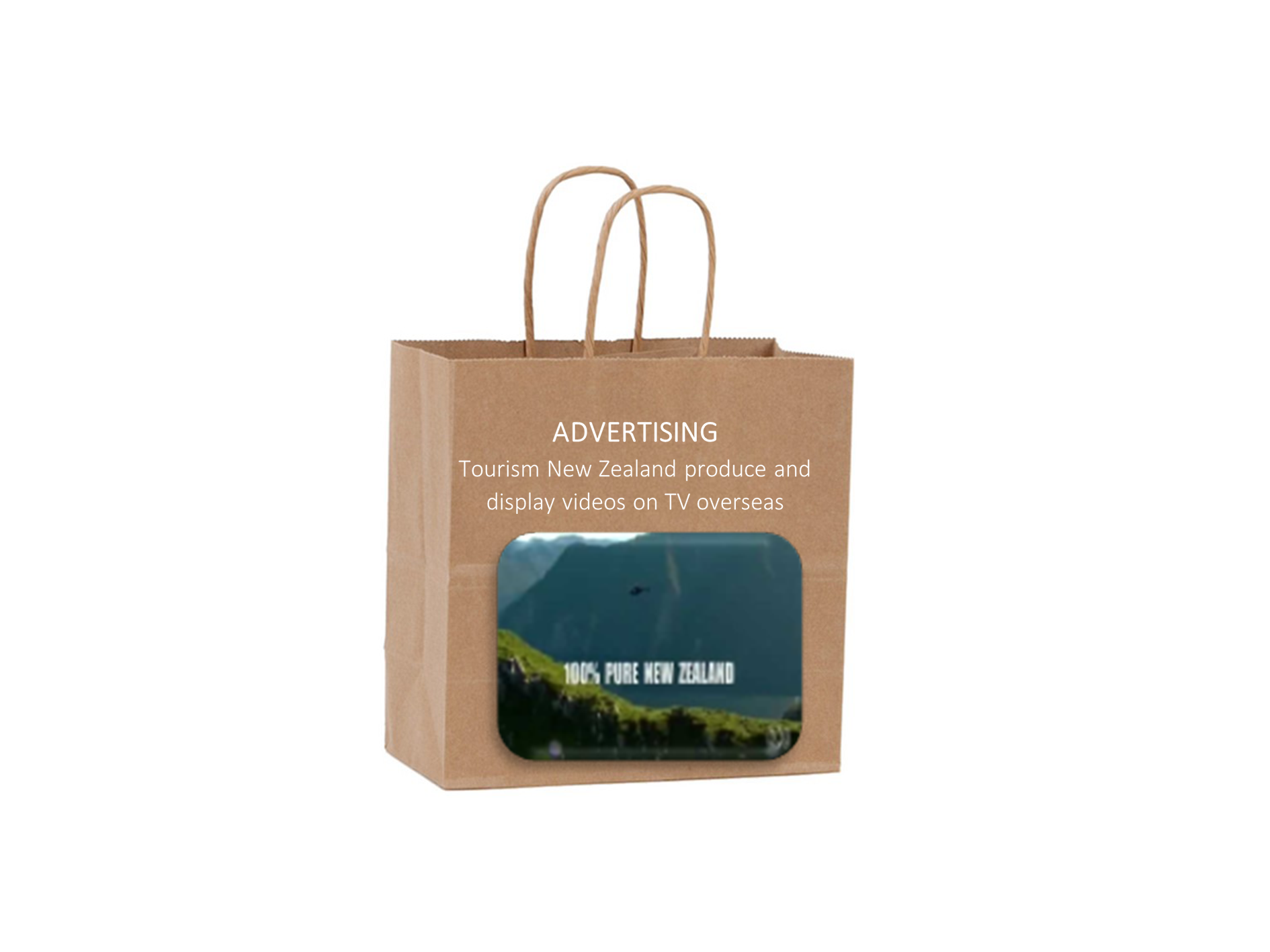
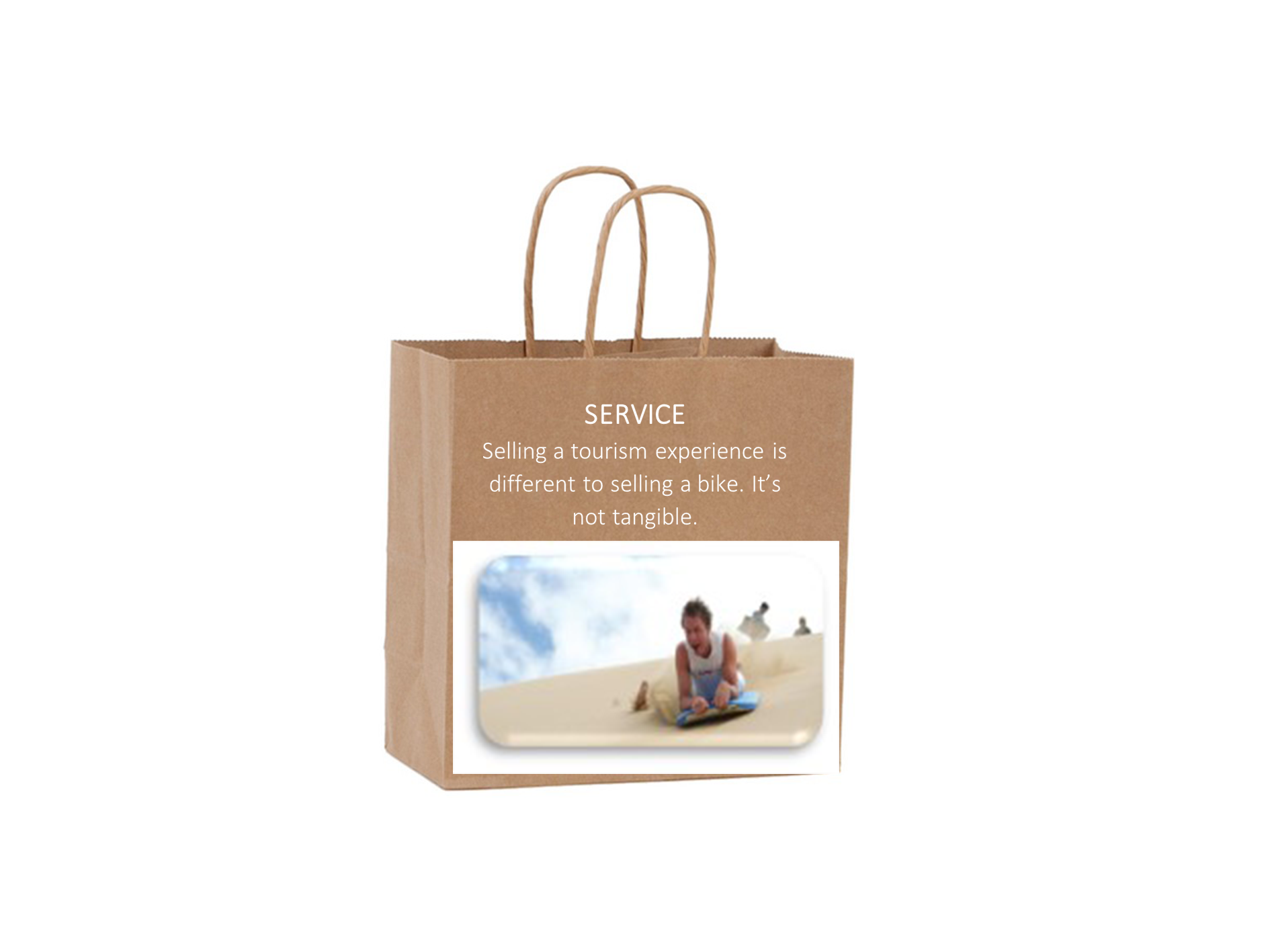
Descriptors
Needs
Two backpackers from Sweden - want to do white water rafting in Kaituna because they want a thrill.
Demands
Scenario: Agroventures added the Schweeb to their park customers who preferred soft adventure.
Market
Scenario: potential travellers from Australia who are interested in New Zealand culture and adventure
Marketing Mix
Scenario: The Te Puia product includes entrance and a guided tour for $49 between 9 AM - 5 PM, promoted and bookable on the website.
Promotion
Scenario: Waitomo Glowworm Caves advertise their tours via overseas travel agents, as well as visitor guides and print media.
Public Relations
Scenario: Rotorua hosts travel agents on famils or celebrities to generate news offshore.
Advertising
Scenario: Tourism New Zealand produces and displays videos on TV overseas
Service
Scenario: Selling a tourism experience is different from selling a bike. It's not tangible.
Learning Activity: Key Marketing Concepts - Mix and Match
There are many different forms of marketing, with one of the most common being media marketing. Because there are several types of media, media marketing can have excellent results, as they can access wide-reaching audiences through various outlets. You will compare the media channels and the advantages and disadvantages of each one, but first, let’s look at offline marketing.
Offline Marketing

This type of marketing refers to any type of marketing that is not on the Internet. This can include:
- Printed publications, e.g. magazines, flyers, leaflets, newspapers, billboards
-
Events, e.g. trade shows, networking events, meetings
Some offline marketing venues cost more than others; for example, a billboard is much cheaper than a TV commercial. While their size and placement on roads mean that they are not as in-depth as a magazine advertisement, they’re an effective hyperlocal offline marketing tactic.
Print Marketing
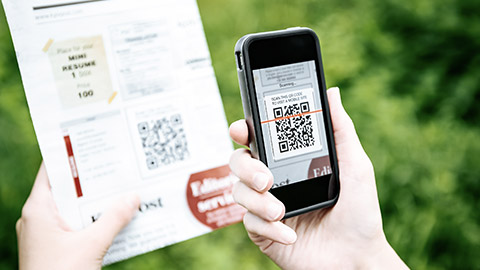
We have all read a type of print marketing at some point, magazines, and newspapers. This media is traditional and has been around for a very long time! Many businesses use these printed publications to advertise products and/or services the company is marketing. Content is often published periodically, meaning audiences can be reached many times over. The cost is often lower compared to other media, as usually, magazines or newspapers sell space in slots or size, i.e. 1/4 page, 1/2 page, full page, etc. Specific demographics are easy to target as businesses can advertise in a relatable environment, e.g. travel section of a newspaper or a travel magazine. While these adverts will generally have a smaller potential audience than a television ad, they’ll also be a lot more targeted: anyone reading the magazine is sure to be interested in your industry.
Reading
Read the following online article about the pros and cons of print advertising.
Radio Marketing
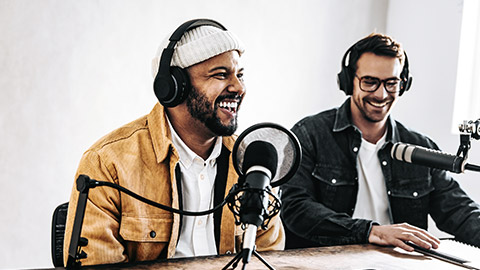
Radio advertising is another relatively low-cost form of media. Specific demographics and audiences can be targeted - we all have our favourite radio stations! Often advertisements can be marketed over various locations, e.g. the NZ radio station – The Hits, reaches most parts of the country. As they’re short and audio-only, radio ads aren’t the best place for detailed information about products. It’s more effective at getting customers excited about your brand (or any promotions you’re running locally).
Reading
Read the following online article: 4 reasons why radio is such a powerful marketing tool.
Television Marketing
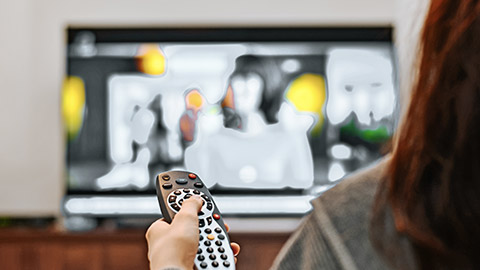
Most of us have a television, whether we use it to watch movies, series, or news there is some type of advertising embedded. Products or services are promoted/advertised in a few ways, during commercials/television broadcasts, portions, or segments on news broadcasts, or as items/products within the programme itself.
For example:
- A company using Apple Mac computers
- Diners drinking sprite
- Motorists driving hybrid cars
The advertisements are visual and auditory, attracting potential customers with voice, sight, and imagination. Although TV ads are expensive,(premium spots can go for hundreds of thousands to millions), they provide a great way to grab people’s attention quickly. They can be creative and make your product stand out from the crowd.
Reading
Read the following online articles: How TV helps brands jump over the Moon, and TV advertising campaigns: How television marketing works.
Learning Activity: TV Marketing
Can you remember the last TV commercial you saw?
What was the product?
What was the message, and what was the call to action (if any)?
Do you think TV advertising is cost-effective?
Were any of the TV advertisements from tourism or travel companies?
Post your responses in the Forum, TV Marketing.
Online Or Media Marketing
This type of marketing involves anything that uses the internet and or various platforms to market a product, service, or company. Recently, offline marketing and online marketing strategies have been more frequently used in collaboration with one another. Many companies treat their websites as the central portals of their marketing efforts. Most consumers who want to know more about a company’s products or services will at some point visit the website for information, and contact details. The principle theme of the offline and online marketing partnership is to make a company’s website better known.
The following website has great explanations of media marketing:
9 Types of Media Marketing | Indeed.com
Email Marketing

How many shops have you signed up with to receive notifications? From shoes to supermarkets, often an incentive is offered for signing up, from credit to use in-store or online to a % off your next shop. You continually receive direct emails or emails that include a newsletter from these businesses that may:
- Offer you an exclusive VIP experience
- Advertise 1-day sales
- Promote an item or brand
And the list goes on, this is email marketing. Businesses track your purchases, which often in turn tailors the email communication you might receive. Email marketing is low-cost and easy to personalise (for example, by addressing the email to you).
Dear Jake I want to offer you an exclusive shopping experience, designed with you in mind
The communication used in email marketing can make a person feel like they are talking just to you like your friend would. Engaging and personalising the content often allows relationships to build and, at the same time, creates brand awareness while promoting the business' content.
Reading
Read this article that explores the advantages and disadvantages of email marketing.
Watch
Watch this video on email marketing. (2:56)
This type of marketing takes a strategic approach. A plan is built around a company/product/service. The content must be amazing, have a clear purpose, and direct audience to get consumers to buy. Often influencers are used to ‘advertise’ the product/service/company. Social media has enabled consumers to access products/services/companies immediately. The companies have learned that consumers are influenced by the celebrities they follow, which is why many companies use influencers to market their wares, providing effective, easily scalable, and measurable strategies for reaching audiences and providing value to them.
Learning Activity:
Copy and then complete the table adding a minimum of two advantages and two disadvantages per advertising type, and post it to the Forum, Advantages and Disadvantages of Advertising.
| Type of Advertising | Advantages | Disadvantages |
|---|---|---|
| Newspaper advertising | ||
| Magazine advertising | ||
| Radio advertising | ||
| Television advertising |
Mobile Marketing
This multi-channel marketing takes many forms. Nearly everyone has a type of mobile device, from smartphones to tablets. Everything accessed on these products, email, text, websites, social media platforms, games, SMS, MMS, etc can include some type of marketing. The number of consumers is staggeringly high. According to bankmycell in 2023:
- The number of smartphone users in the world is 6.92 billion, meaning approximately 86.29% of the world’s population own a smartphone
- The number of people who own a smart and feature phone is 7.33 billion – approximately 91.4% of the world's population
Mobile marketing is an umbrella term for different types of mobile marketing. These types vary by the platforms they appear in, but also the technologies they are based on.
It encompasses everything from mobile websites and search engines to apps and artificial intelligence. Some of these types of mobile marketing are paid, while others are completely free (organic).
Review the article:
13 Latest Mobile Marketing Trends & Forecasts for 2022 and Beyond (financesonline.com) to explore the trends for mobile marketing 2022 and beyond.
Learning Activity: Mobile Marketing
Reflect on what you have learned above. In the Forum, Mobile Marketing, answer the following questions:
- What are the advantages of mobile marketing?
- What are the disadvantages of mobile marketing
Learning Activity: Mobile Marketing in New Zealand
Research New Zealand-based travel and tourism firms who have used any type of mobile marketing in their campaigns and make notes on these. The following online resources will assist you:
- 9 Mobile Marketing Strategy Tips for Travel and Hospitality
- 12 Travel Marketing Trends You Can’t Ignore in 2022
- The state of app marketing in Australia & New Zealand 2021 edition
Share your findings in the Forum, Mobile Marketing in New Zealand.
Social Media Marketing
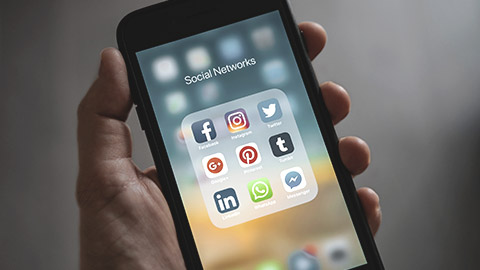
Social media plays a significant role in the travel and tourism industry. From writing reviews and taking that unique insta-shot, to repositioning social media as a customer service channel, social media, as a marketing tool, is a powerful platform that shouldn’t ever be ignored.
Consumers can interact with the marketing material to find their ‘ideal, dream, wish, ultimate’ travel and tourism destination. Social media marketing can reach almost any person and their wants/needs. How many times have you looked at something and found links to the ‘best offer’? Most of us will search for the most economical and value-for-money item/service/product/company, e.g. cheapest flights to Australia, cheapest, direct flights to Paris, etc.
Often campaigns are run on more than one social media platform at the same time, this ensures the range of audiences targeted is far-reaching, e.g. the summer destination campaign is advertised on FaceBook, TikTok, Instagram, and websites, meaning if a person has FaceBook but not TikTok they will still see the promotion.
Some advantages of Social Media Marketing include but are not limited to:
- Social media plays a critical role in assisting individuals.
- The entire world is connected and uses social media, people may share their business products and services with the whole world.
- Both online and non-online businesses require promotions and advertisements to promote their products and services to the general public.
- You can freely promote your product with individuals in groups on social media, or you can pay to have paid adverts appear. Others can use social media to promote their products and reach out to people interested in what they have to offer.
- Influencer marketers are the new brand ambassadors.
- To generate visitors to their websites, most internet businesses and bloggers use social networking.
- Visitors to websites can read about products and services and learn more about them.
- You can increase the amount of relevant, organic visitors to your website. With a connection to your website, you may create adverts and market your business to a big audience.
- Swiftly reaches large audiences.
- Allows you to promote your brand to a broad audience swiftly and simply.
- There are millions of people who are interested in your business and goods who use social media. With the help of social media, you may contact them.
- On social media, you have the option of creating social media adverts to promote your business and product to a broader audience.
- You can target your audience in a specific place and radius on social media, and this greatly aids in attracting customers to your retail or online establishment.
Some disadvantages of Social Media Marketing include:
- Cyberbullying, which is one of the top disadvantages of social media. The majority of people use false social media accounts to tease others. They are untraceable and can do anything they want.
- Bullying is made much easier by the use of social media. They make other individuals feel uncomfortable by making unpleasant remarks and teasing them in different ways.
- Hacking is a prohibited action, and it is the act of gaining access to another person’s personal and limited information.
- Typically, hackers hijack people’s accounts and then blackmail them by revealing their personal information on social media.
- One of the worst aspects of social media is that it reduces the ability to communicate face-to-face. Everyone used social media to interact with others, and as a result, they gradually lost their ability to communicate face-to-face.
- Only keyboard or voice communications are used to communicate on social media.
Learning Activity: Social Media and NZ Māori Tourism
Visit the following website: https://maoritourism.co.nz/
- Identify all of the social media channels that NZ Māori Tourism uses.
- Then, in your own words, write a brief summary of each channel. Identify the features and benefits of using these social media channels.
- Thinking about their target audience, what other social media channels can you recommend NZ Māori Tourism use, and why?
Share your thoughts on the Forum, Social Media, and NZ Māori Tourism.
Learning Activity: Social Media Terminology
To help you better understand some of the terminologies that are used to describe what social media is and does, research each term below and post your response in the Forum, Social Media Terminology. The first one has been done for you.
Brand Guidelines - These are essentially a set of rules that explain how your brand works. (Source: niftymarketing)
- Social Media Platform
- Search Engine Optimisation (often referred to as "SEO")
- Pay-Per-Click (PPC) Campaign
- Social Media "Keywords"
- Brand "Tone of Voice"
- A "Pinned" post
- # or a "Hashtag"
- Social Media "Handle"
- Account Verification
- Call-to-Action
Search Engine Marketing (SEM) & Search Engine Optimisation (SEO)
SEM is a form of paid advertising. Search Engine Marketing (typically abbreviated to SEM) is the process of gaining website traffic by purchasing ads on search engines.
Businesses pay to have advertisements of their product/service at the top of a search engine, e.g. Google, Bing, Yahoo, etc. Google ads are the most popular. An easy way to understand SEM is to think of how you use search engines. I.e. when researching assignment work, you type a question into the search bar and are given a variety of answers from various sources. To the side or by the top you will see a number of advertisements The ads that are at the top have been paid for, and if you click on the ad you are directed to a site/business, etc.
SEO is a form of organic advertising. Search Engine Optimising (abbreviated to SEO) is the process of ‘optimising’ a website in a variety of ways to boost free or organic traffic from the search engine.
The businesses that are in the top answers have paid for the privilege, and when you click on that answer you are directed to a site/business etc.
Both of these marketing strategies charge the businesses per click, so if 500 people click on their answer or ad, they are charged 500 times, if 10 people click on their answer or ad they are charged 10 times, and so on.
Some advantages of SEM Marketing include:
- SEM introduces your website to a whole lot of people.
- With pay-per-click or PPC, when someone clicks on the website, you will be charged.
- It is by far the quickest way to reach the top of the search results.
- As SEM increases awareness of your website, it will result in quicker outcomes.
- SEM lets you have control of the process and keeps you updated about who clicked on your website, their location, and such related things.
- As you know the demographic watching your ads and their location, you can target your ads towards a particular group of audience and can make it visible in a specific area to get better results.
Some advantages of SEO Marketing include:
- SEO is free of cost. Yes, you do not have to pay anything to place your website on SERP (Search engine results page). If you are a small business, there are free tools by Google for SEO services.
- Proper implementation of SEO improves visibility and position in organic search results.
- A well-optimized SEO service will be easy to use on a mobile phone without any delay.
- If the website is visible to people, then it will lead the targeted traffic to the website.
- SEO is a blessing for small businesses to extend their reach on the internet.
- It is a great way to give your business sales a boost.
- The correct use of SEO benefits not only a business but customers as well.
Some disadvantages of SEM Marketing include:
- To use SEM services, you have to pay a price that can be heavy on the budget.
- It requires thorough research and careful planning and needs all your attention.
- Most people nowadays use ad blockers which can block your ads.
- Competition is pretty hard when it comes to online marketing.
Some disadvantages of SEO Marketing include:
- Constant fluctuations. The strategies need to be adapted constantly as what worked yesterday will not work today.
- The SEO results will take a lot of time to show results. While it may be impossible to tell the exact time SEO results will show, it takes approximately 4 to 6months to see some results.
- Because of the tough competition in online business, the results for your SEO efforts will delay.
- No matter how hard you work to ensure that your SEO strategies work, there is no guarantee that they will ever work.
Influencer Marketing
This type of digital marketing uses an ‘influencer’ to promote products/companies/services.
So, who or what is an influencer?
Someone who has a large following on social media and shares information across a wide and diverse range of audiences. Businesses use the influencer to advertise/promote/recommend/market their product or service and as most influencers have multiple platforms the marketing campaign reaches far and wide.
Oxford Languages defines ‘influencer’ as:
influencer
NOUN
influencer (noun), influencers (plural noun)
a person or thing that influences another:
- "He was a champion of the arts and a huge influencer of taste"
- "Genetic factors are key influencers of your metabolic rate"
- "Frank's been a teacher and cultural influencer for years"
marketing
a person with the ability to influence potential buyers of a product or service by promoting or recommending the items on social media:
- "influencers can add serious credibility to your brand"
Ask yourself the following:
It is likely you have purchased/explored or done something because of watching or following an influencer. Influencer marketing is a great way to get a product into the public domain while showcasing its talent.
Review the article How to Get Started Working with TikTok Influencers to understand how to work with TikTok influencers
- SEM introduces your website to a whole lot of people.
- With pay-per-click or PPC, when someone clicks on the website, you will be charged.
- It is by far the quickest way to reach the top of the search results.
- As SEM increases awareness of your website, it will result in quicker outcomes.
- SEM lets you have control of the process and keeps you updated about who clicked on your website, their location, and such related things.
- As you know the demographic watching your ads and their location, you can target your ads towards a particular group of audience and can make it visible in a specific area to get better results.
- SEO is free of cost. Yes, you do not have to pay anything to place your website on SERP (Search engine results page). If you are a small business, there are free tools by Google for SEO services.
- Proper implementation of SEO improves visibility and position in organic search results.
- A well-optimized SEO service will be easy to use on a mobile phone without any delay.
- If the website is visible to people, then it will lead the targeted traffic to the website.
- SEO is a blessing for small businesses to extend their reach on the internet.
- It is a great way to give your business sales a boost.
- The correct use of SEO benefits not only a business but customers as well.
- To use SEM services, you have to pay a price that can be heavy on the budget.
- It requires thorough research and careful planning and needs all your attention.
- Most people nowadays use ad blockers which can block your ads.
- Competition is pretty hard when it comes to online marketing.
- Constant fluctuations. The strategies need to be adapted constantly as what worked yesterday will not work today.
- The SEO results will take a lot of time to show results. While it may be impossible to tell the exact time SEO results will show, it takes approximately 4 to 6 months to see some results.
- Because of the tough competition in online business, the results of your SEO efforts will delay.
- No matter how hard you work to ensure that your SEO strategies work, there is no guarantee that they will ever work.
- Who do you follow on TikTok, FaceBook, YouTube, and Instagram?
- Why do you follow them?
- What story do they sell/promote?
- Have you purchased/tried/explored something because of following an influencer?
Travel and tourism companies are now having to embrace smart technology as part of the customer journey. And as you have just learnt, this has meant that travellers can share their experiences using smart communication and technology to share their content, in order to assist and influence the buying behaviour of other travellers.
In the world of tourism marketing, creativity is the passport that opens doors to new possibilities and uncharted territories.
So, how are travel and tourism companies using smart technology in their marketing activities to influence consumer behaviour?
Here are some examples:
- Online Presence: Establishing a strong online presence through websites, social media platforms, and mobile apps allows tourism businesses to showcase their offerings, provide information, and interact with potential travellers.
- Social Media Marketing: Using social media platforms like Facebook, Instagram, Twitter, and YouTube helps in promoting tourism destinations, sharing captivating visuals, engaging with users through comments and messages, and running targeted advertising campaigns.
- Content Creation: Creating high-quality and engaging content, such as blog articles, videos, and virtual tours, helps in showcasing the unique aspects of a destination and create a strong brand image.
- Search Engine Optimization (SEO): Implementing SEO strategies ensures that tourism businesses appear prominently in search engine results when potential travellers search for relevant keywords, improving visibility and organic traffic.
- Mobile Applications: Developing mobile apps that provide personalized travel recommendations, real-time information about attractions, booking facilities, and interactive maps can enhance the overall travel experience.
- Virtual Reality (VR) and Augmented Reality (AR): Implementing VR and AR technologies allows travellers to virtually explore destinations, experience attractions, and visualize their travel plans, thereby influencing their decision-making process.
- Data Analytics: Using data analytics tools and techniques helps tourism marketers gain insights into consumer behaviour, preferences, and trends. This data can be used to tailor marketing campaigns, optimize strategies, and personalize experiences.
- Online Booking and Reservation Systems: Implementing secure and user-friendly online booking and reservation systems simplifies the process for travellers, offering convenience and increasing conversion rates.
- Chatbots and AI-Powered Customer Support: Using chatbots and AI-powered customer support systems enables businesses to provide immediate assistance, answer queries, and offer personalized recommendations 24/7, enhancing customer satisfaction.
- Influencer Marketing: Collaborating with travel influencers and bloggers with a significant online following can help reach a wider audience and generate authentic and engaging content about destinations or travel experiences.
Learning Exercise
Review the DRE image below. Use it to help you with the learning task below.
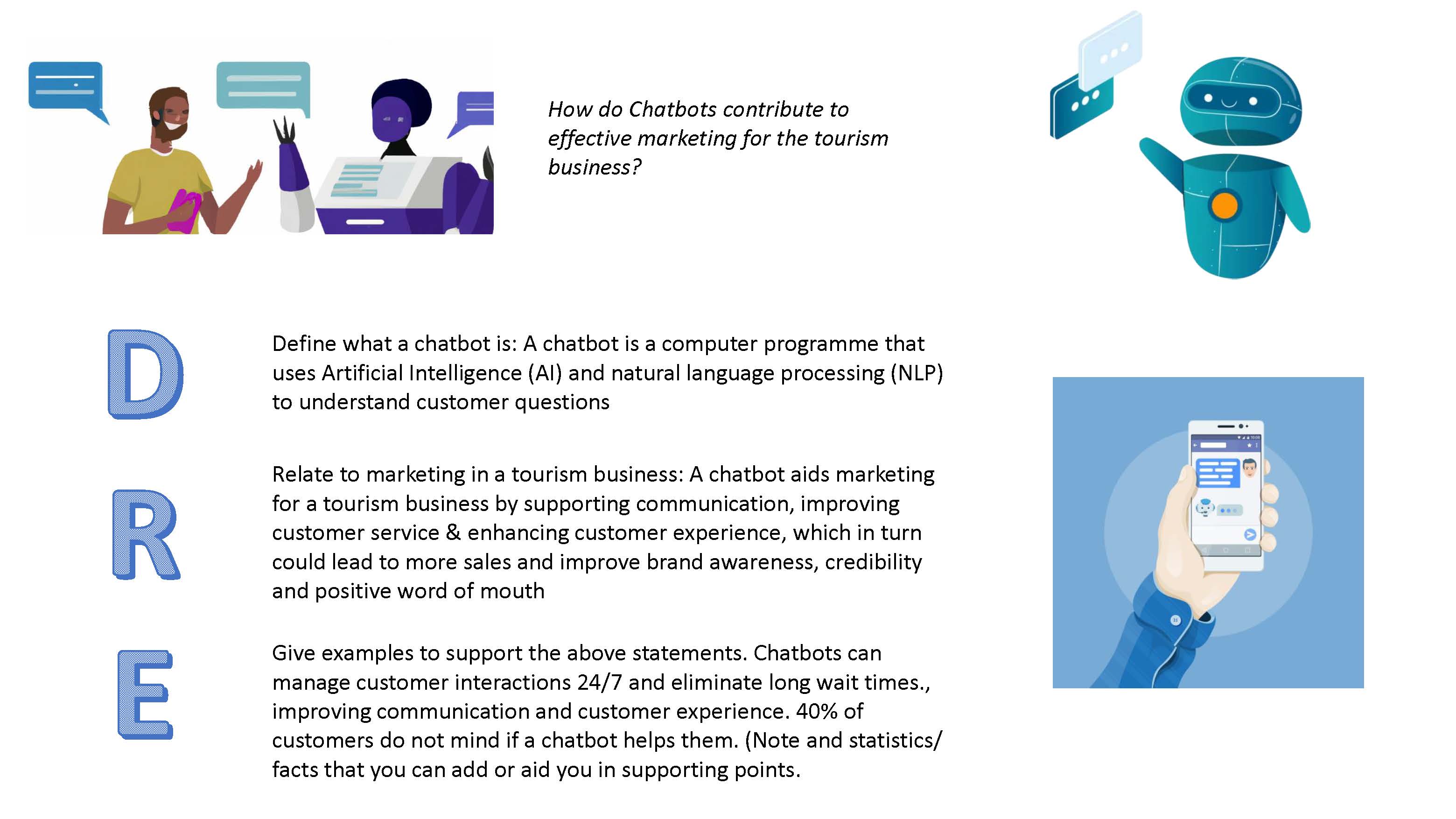
Learning Activity: Smart Technology Channels
In the Forum, Smart Technology Channels, complete the Word document, and upload it to the Forum, Smart Technology Channels. For each channel include:
- A definition
- Include three (3) points detailing the reasons as to how each contributes to effective marketing for a tourism business
- Name a NZ tourism company using this channel, how are they using it and what is their goal?
Read this online article: https://www.solimarinternational.com/how-has-social-media-changed-the-tourism-industry/
Most companies who choose to use social media as a marketing tool will also have created a very detailed social media policy for the company and its employees. But why create a social media policy in the first place? And what are the risks that companies need to mitigate, in order to ensure that social media does not cause any harm to the image and reputation of the brand?
Important
Review the following online articles about social media risks:
Social Media Security Tips and Tools to Mitigate Risks by Christina Newberry
10 Ways Social Media Impacts Your Risk Profile by Jim Deloach
Learning Activity: The Impacts of Social Media
Explain how social media has impacted the marketing of tourism businesses. Include 3 positive and 3 negative impacts, (put them in a table like the example below) and post them to the Forum, The Impacts of Social Media.
Below are some questions that you may wish to address as part of your response:
- What department/business function is responsible for social media?
- How can a social media platform prevent unauthorised messages from being sent from a corporate account?
- Give examples of how employees have acted negligently.
- Explain how companies decide to give access to certain employees. Outline the process.
- Discuss how passwords can compromise a social media account.
- How is social media being re-purposed as a customer service platform? And what are the dangers of consumers airing their grievances for everyone to see
- Identify celebrities that have endorsed certain products and services through their social media accounts. How can this endorsement compromise ethics?
- Identify how certain legal regulations can affect social media.
- How can human error compromise social media accounts?
- Discuss how hackers, phishing and malware attacks, scams, and imposter accounts.
- What guidelines would social media include?
- Outline how you would train staff on social media security issues.
- What third-party software can help manage security risks and engagement?
- Discuss some of the trends that showcase how the various generations use social media channels.
- Analyse the relationship between social media content and online interactions.
- How can businesses avoid discrimination when it comes to hiring new employees?
- What is the role of HR in relation to social media?
- Discuss the steps required to protect a brand’s reputation. Define the word “reputation”.
- How are businesses auditing social media?
- Reputation Loss
- Effect on human resources
- Safety
- Competitor Risk
- Inability to manage the generational change
- Poor management of social media forums
Reputation Loss Effect on Human Resources Safety Competitor Risk Inability to manage the generational change Poor Management Of Social Media Forums
The world has changed significantly in 50 years, but especially so since 2020. Pandemics, lockdowns, and reduced, restricted or banned travel it has been a trying time. Technology has evolved, internet speeds have got faster, millions of people have ‘worked from home’, digital tools and resources have exploded in all areas, and how does this impact digital marketing, specifically in tourism and travel?
Important
Review the following articles and consider ‘changes’ in the digital realm. How have these changes impacted the travel and tourism industry, both advantageously and disadvantageously?
How Trends Change
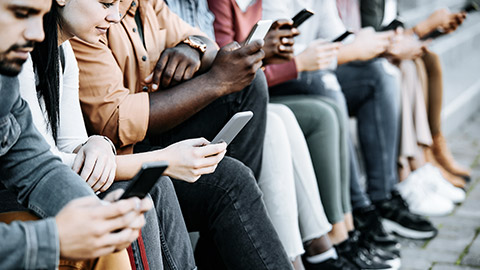
What is the social media platform you frequent/follow/use the most? Why is this question relevant, you may ask?
Not too long ago, Facebook was one of the most used social media platforms. Today TikTok and Instagram are big rivals. Like everything, trends come and go, some disappear, and some are revived. Look at fashion over the years - it is constantly changing, evolving, reviving! Technology and social media, although new in comparison to fashion, are the same. Improvements, upgrades, and enhancements have made the digital world a huge success, and to think it was only in the late 2000’s that digital technology exploded into our world, now we cannot imagine life without it!
Let’s look at this in a little more detail.
Social Media Focus: Instagram
It would appear as though Tourism New Zealand has had enough of Instagram clichés.
Explore
Review the article: Tourism New Zealand takes aim at Instagram clichés in new video and the short video that is shown in the article.
According to the article, Tourism New Zealand does not want to see any more “hotdog legs” or “summit spreadeagle” shots, like the below, on Instagram!
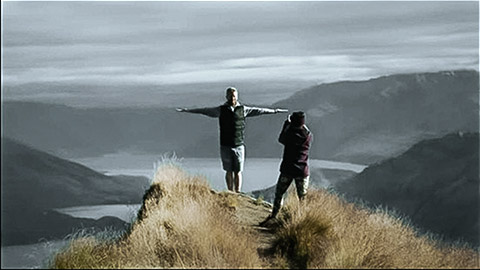
Over the past few months, many Kiwis have been advised to participate in a campaign that encourages the population of New Zealand to “do something different”. (For more info visit: https://bit.ly/2NzWgIf).
Today, New Zealand is calling on tourists to “be more original” with their content and travel pictures. In light of this, Instagram cliché shots of the “hot tub backshot", the "summit spreadeagle", and “hot dog legs” are becoming, well, a little bit boring, as there are too many images of these types of shot at every location.
So, what’s the campaign about? According to the website, Lifestyle:
“The campaign video features New Zealand comedian Tom Sainsbury as a ranger on a mission to stop tourists taking the pictures, we have all seen before. People have been seeing those photos on social media and have been going to great lengths to copy them,” he says, as he clambers up the side of a grassy bank to a pair of tourists about to take a tried-and-tested shot.
“You know them,” he says, as he scrolls through his Instagram feed. “Man sits quietly on the rock contemplating; hot dog legs”.
“I’ve seen all this before, we all have,” he continues. “But this summer, we are clamping down on people travelling under the social influence.”
Source: Lifestyle
Learning Activity: Insta-challenge
The purpose of this forum is to create your own Instagram post and upload it as part of the Insta-challenge!
To quote a paragraph from the Stuff article, the Insta-challenge, is to “share something new with your fellow students and trainer. But don’t resort to tired old tropes”. Your insta-image needs to be fun, tasteful, and creative. Strike a pose, yes! But the travel-related content and pose needs to be original, and not in the style of the ones stated above.
Find a location close to home. It should be an original Insta-shot pose that tags #DoSomethingNewNZ and encourages Kiwis to do something new!
If it is really original, it may even be uploaded and posted on the NZST Facebook page!
Share your photo and its location in the Forum, Insta-challenge.
Social Media Focus: TikTok
Explore
Review the article: What You Can Learn From These Travel Brands on TikTok.
The last two years have been tough for the majority of the travel industry. From airlines and travel agents to hotels and tour operators, business has been slow with only a dim light at the end of the tunnel. But as the world begins to reopen, people worldwide are clamouring for a holiday outside their own city, providing travel brands on TikTok with a great opportunity to grow their following.
TikTok is the place to be right now
There’s no denying that travel brands on TikTok have had huge success, reaching new audiences and driving sales. Roughly half of TikTok’s audience is under the age of 34, so if you’re trying to reach Gen Z and Millennials, there’s no better place.
Instagram has established itself as a reputable and popular social platform, but TikTok has opened new doors. It’s available in over 150 countries, has over 1 billion active monthly users, and has been downloaded over 2.6 billion times worldwide. And considering it launched less than five years ago, that’s impressive.

Not only does it have lots of users, but TikTok users tend to stick around on the app more than any other platform. A user opens TikTok 8 times per day and spends an average of 52 minutes per day in the app. And considering the average TikTok video lasts around half a minute, that’s a lot of videos being watched every day.
But all that aside, TikTok is a huge opportunity for brands to dive into the short-form video space. Its receptive algorithm and fast turnover cycle for trends, means brands can jump on and experiment with their content until something sticks.
Travel brands on TikTok are thriving
As it’s such a visual medium, TikTok really lends itself to beautiful and aspirational travel content. The hashtag #tiktoktravel has drawn over 25 billion views, while #wanderlust and #traveldiaries have 1.1 and 2.2 billion views, respectively.
If you’re new to the platform, it can be a tricky app to get your head around. So, we thought we’d show you some examples of stellar content created by travel brands on TikTok, that you can take inspiration from.
Reading
Read this online article, TikTok for Tourism Marketing, below.
https://breaktheicemedia.com/tiktok-and-tourism/
Travel brands on TikTok that are nailing their content
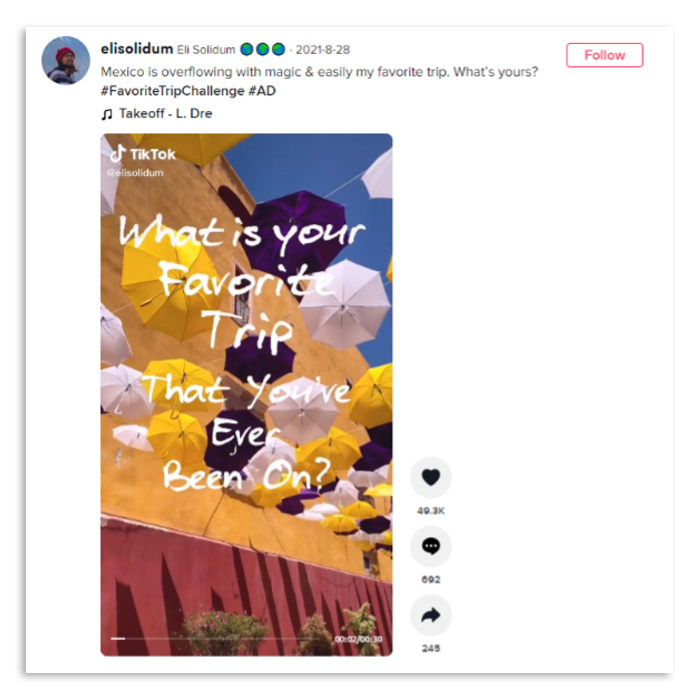
Launching their first TikTok campaign just earlier this year, The American airline made waves by asking users to post about their favourite vacation, using the hashtag #FavoriteTripChallenge.
Considering most travel-related trends and videos on TikTok are based around video dumps or sharing old footage, it was a great way to jump into the market with a bang. The campaign garnered over 19.5 million views in its first 36 hours, thanks in part to TikTok promoting the campaign on the Discover page.
Hotwire
Over the last year, this travel website owned by Expedia turned to TikTok to acquire Gen Z customers, and it worked. They created a huge TikTok campaign that garnered over a billion views. How? They brought twenty established Creators on board and asked them to make a video for their followers, sharing why they were ready for a post-pandemic getaway and where they would ultimately like to go. They encouraged their followers to do the same, announcing that the best video would win a $50,000 trip on a private jet.
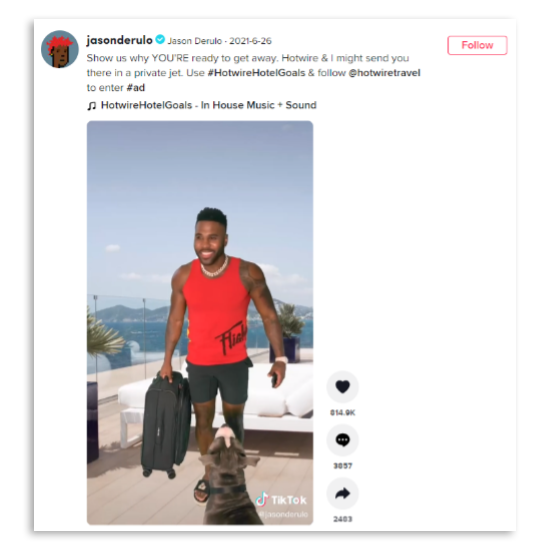
Source: @jasonderulo
How to master TikTok as a travel brand
Now that we’ve covered some examples, let’s see how travel brands on TikTok can find inspiration and master the platform themselves.
EMBRACE SPARK ADS
Spark ads—TikTok’s take on branded content ads—are regular in-feed videos that you can promote to reach a very wide audience. Brands can push their own posts or an influencer’s post with their permission, and TikTok will label it as sponsored content. And as we know, branded content is 22 times more engaging than regular advertisements.
JUMP ON TRENDS
Creating videos around trending audio and challenges is a quick way to get views and push your content out into the algorithm, but don’t just make content for the sake of it.
After following other brands within your niche (e.g. budget travel, beach holidays etc.), spend a few hours scrolling through the app. Get a feeling for the kind of content that works, the trends that are taking off in the travel space, and how you can throw your hat in the ring.
WORK WITH INFLUENCERS
Influencer content works. More than 80% of social media users report they are very likely to follow an influencer’s recommendation, while brand recall is 59% higher for branded influencer content than other digital advertising.
Working with Creators who have already established a strong following on TikTok will expose you to a whole new audience. Choose your influencers wisely, do your research and find Creators who match your brand vibe.
Source and Image Sources: Tribe. All Tik Toks as published.
Short URL: https://bit.ly/3vPCRXn
Case Study: Tourism New Zealand
During the height of the pandemic, when borders were closed and no one was travelling, New Zealand’s tourism board wanted to stay top of mind for their Australian audience. So, they launched an online gameplay walkthrough of the country, allowing Australians to ‘visit’ without leaving the safety of their homes. TikTok was a huge part of the marketing strategy for the game, titled Play NZ.
Tourism NZ enlisted a popular local influencer to make a ‘choose your character’ style video to promote the game, which they then promoted as an in-feed ad.
Tik Tok Advertising objective:: To attract Aussie gamers to experience New Zealand virtually.
Number of Impressions: 2.7m
VTR(View-Through Rate): 2.64%
Engagement Rate: 3.73%
Tourism New Zealand's plan
The Objective
With international travel halted by restrictions in 2020, Tourism New Zealand, the organisation responsible for marketing the country as a tourist destination under the brand 100% Pure New Zealand, needed to think outside the box to stay front of mind for neighbouring Australians to visit once borders opened. Creative agency TBWA\Sydney developed PLAY NZ, an online gameplay walkthrough of the country for would-be travellers to experience the best of New Zealand in the style of a video game, and in collaboration with Mindshare and Tourism New Zealand, turned to TikTok to attract gaming fans to come and play.
The Solution
When it came to amplifying the campaign and driving participation, TikTok was a natural choice thanks to its potential for engagement. "The power of using TikTok for 100% Pure New Zealand is that it allows us not only to tell our story but actively involve our audience in a conversation," explained Andrew Waddel, General Manager Australia, Tourism New Zealand.
Tourism New Zealand partnered with popular a local Creator, William Waiirua (@w_cribb), to create a tongue-in-cheek In-Feed Ad mimicking the style of a character selection screen in a video game, set against an original soundtrack by Otis Studios. Using the signature text overlays and offbeat humour of the TikTok community made the video fit seamlessly among organic content in the For You feed, while the Brand Premium placement ensured that it would be among the first videos shown when users opened the app.
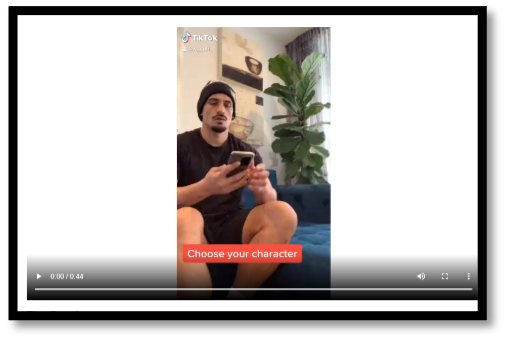
The Results
The ad was very effective, driving a large number of engaged users to the website. It garnered 2.7 million impressions among the target audience, while the playful and fun TikTok-style ad creative drove a 3.73% engagement rate and 2.64% view-through rate. Andrew Waddel noted that the TikTok placement not only enabled Tourism New Zealand to bring the campaign to life in a playful and creative way but also drove tangible results.
Products used: Tik Tok and TopView. (According to the TopView website, this product presents your brand on the best and unmissable placement of TikTok, capturing full user attention with sight, sound and narrative).
Complete the following multi-choice quiz to ensure you have understood this topic before moving on to the next.
